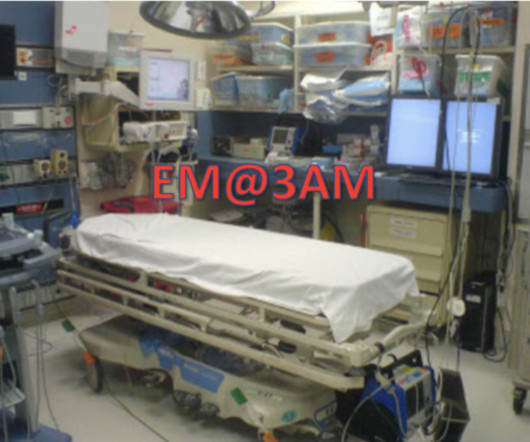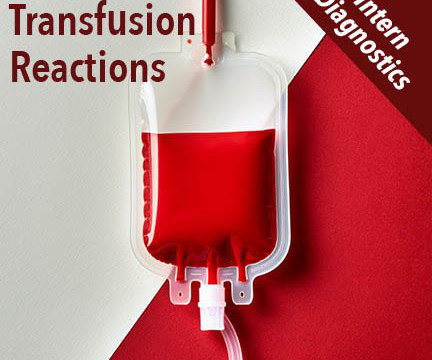Are we on the right TRACT?
Don't Forget the Bubbles
JANUARY 10, 2024
Let’s take the humble blood transfusion – used in emergency departments across the globe and playing a key role in critical care. Severe anaemia is a common and life-threatening cause of hospital admission in children in sub-Saharan Africa. 8% die in hospital, with a further 12% dying in the six months following discharge.



















Let's personalize your content